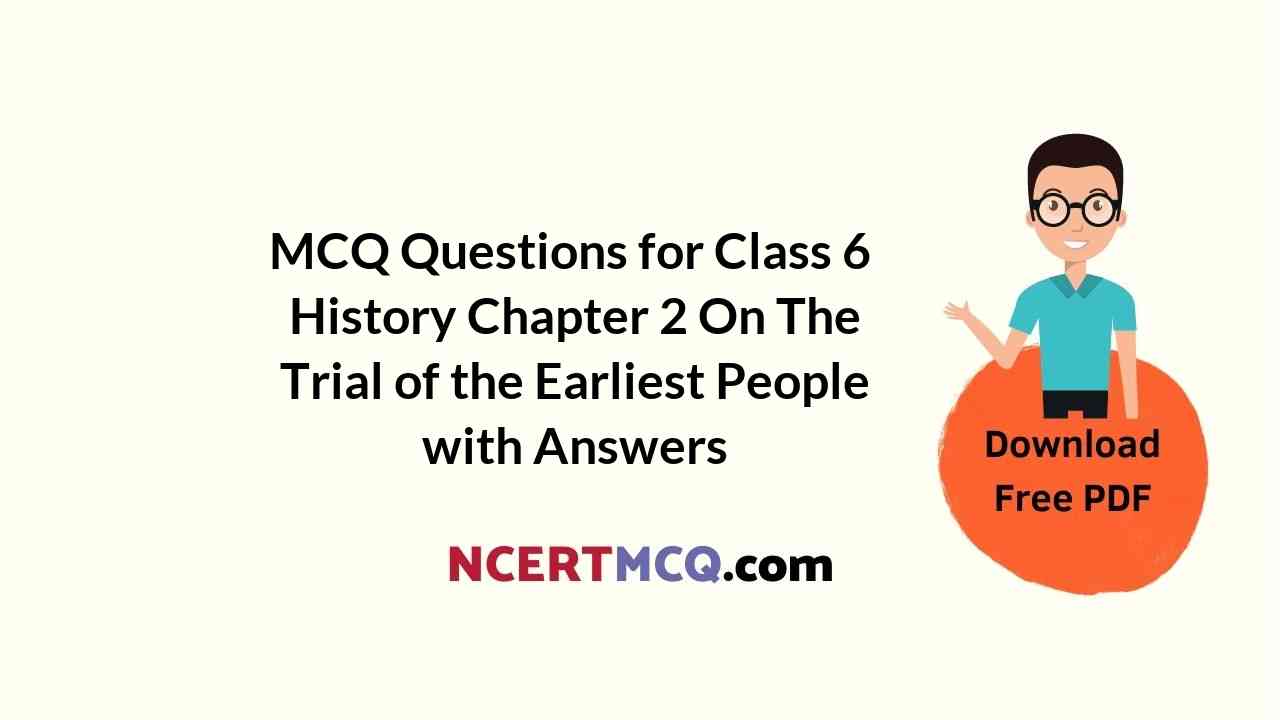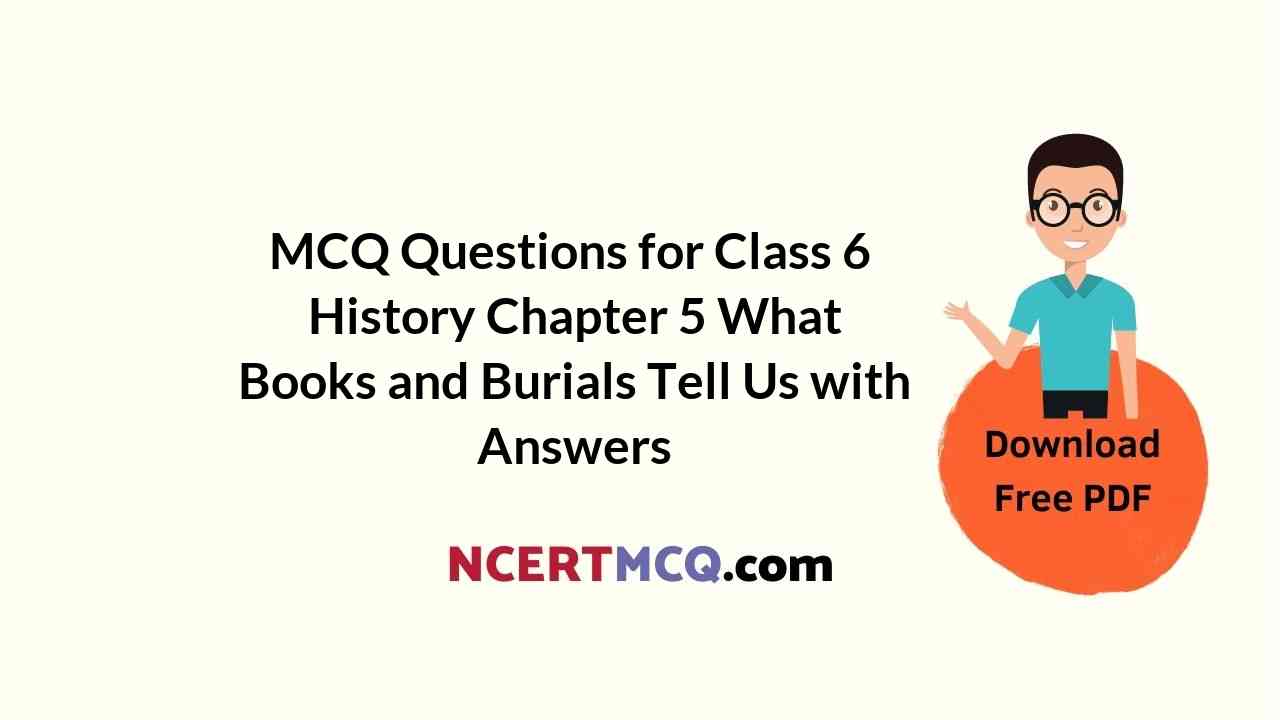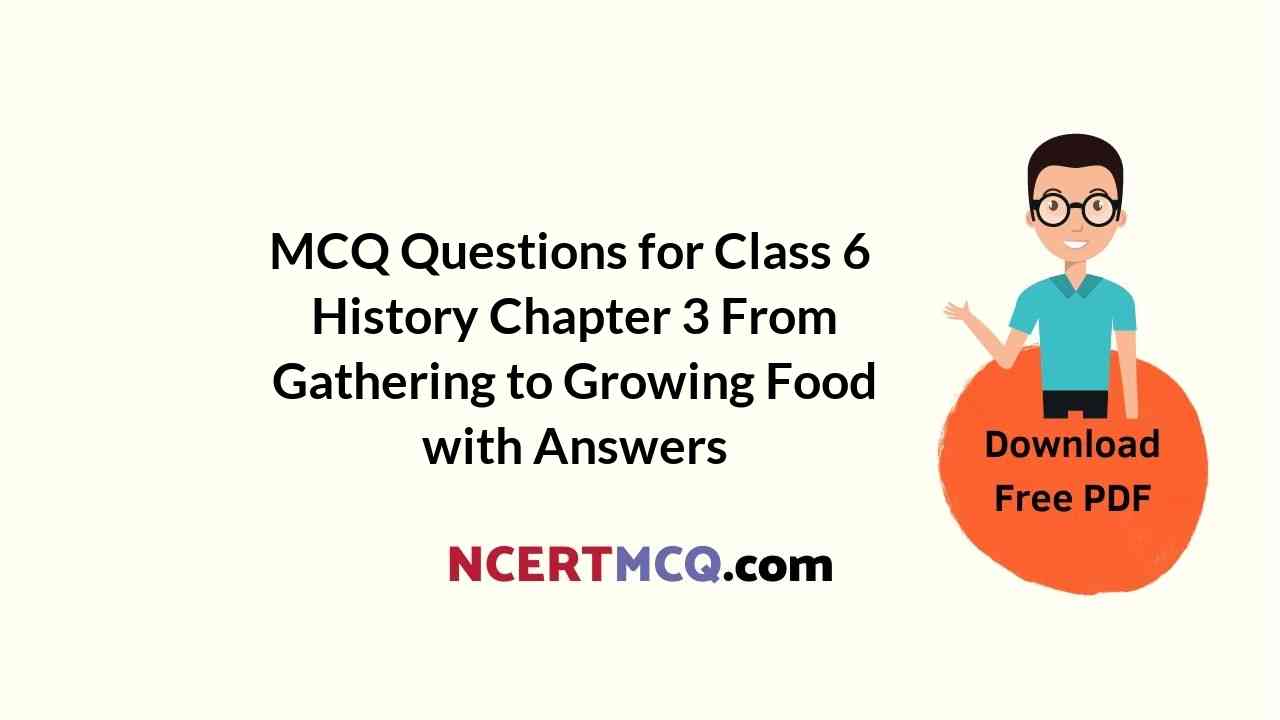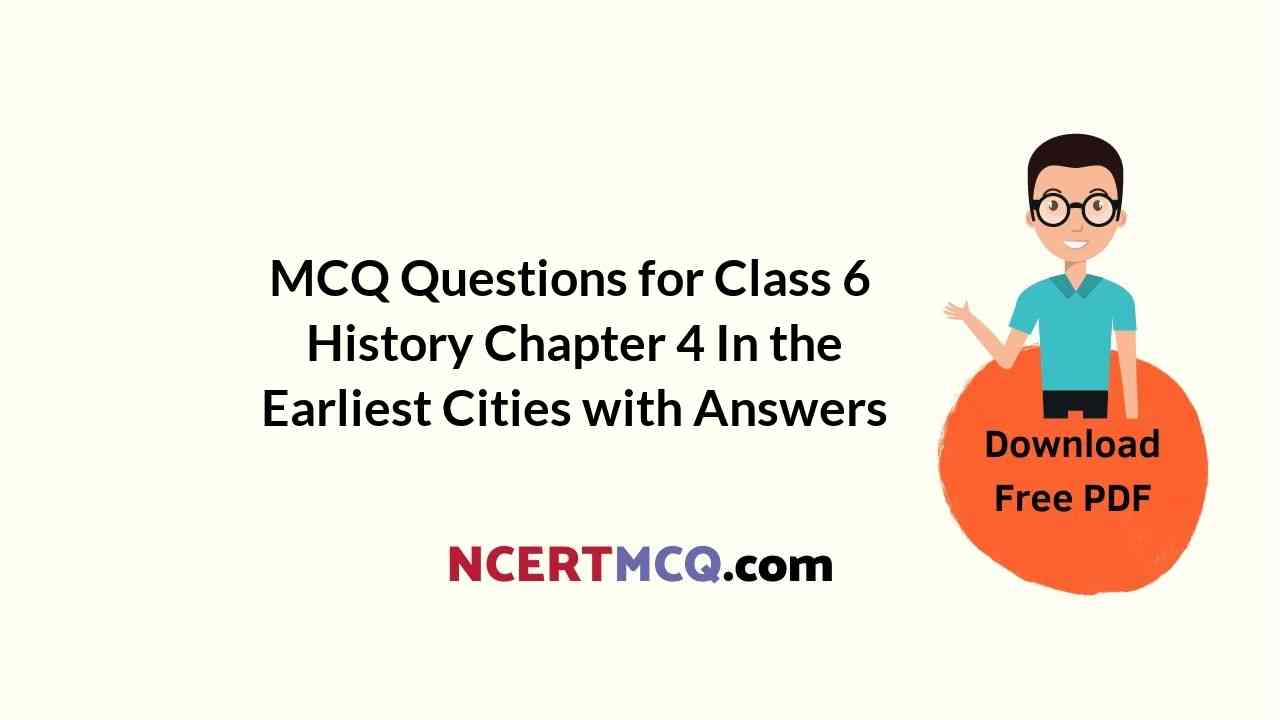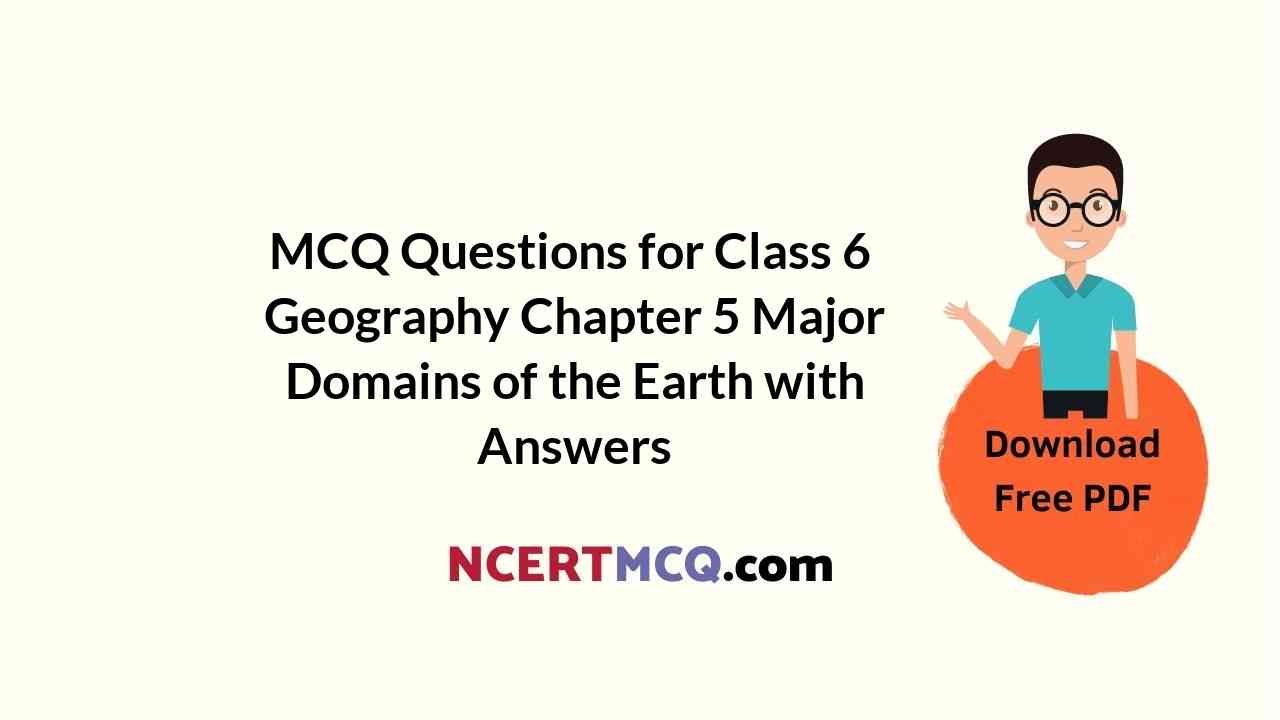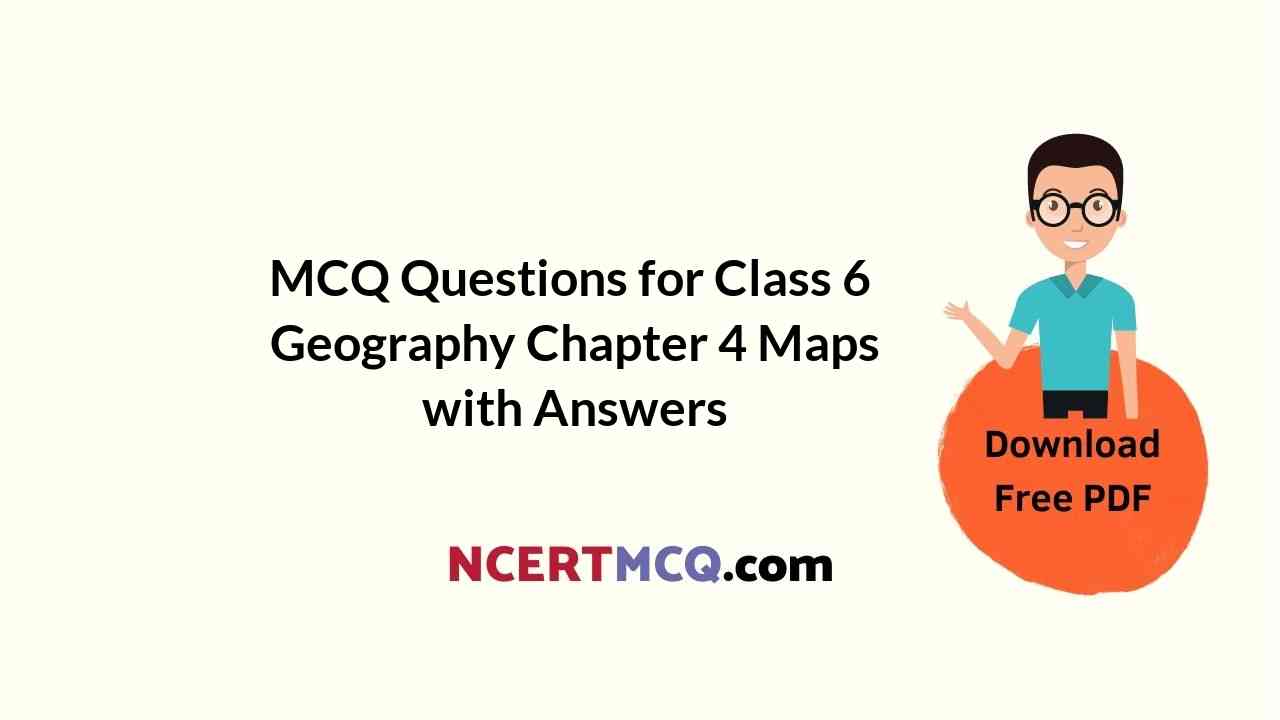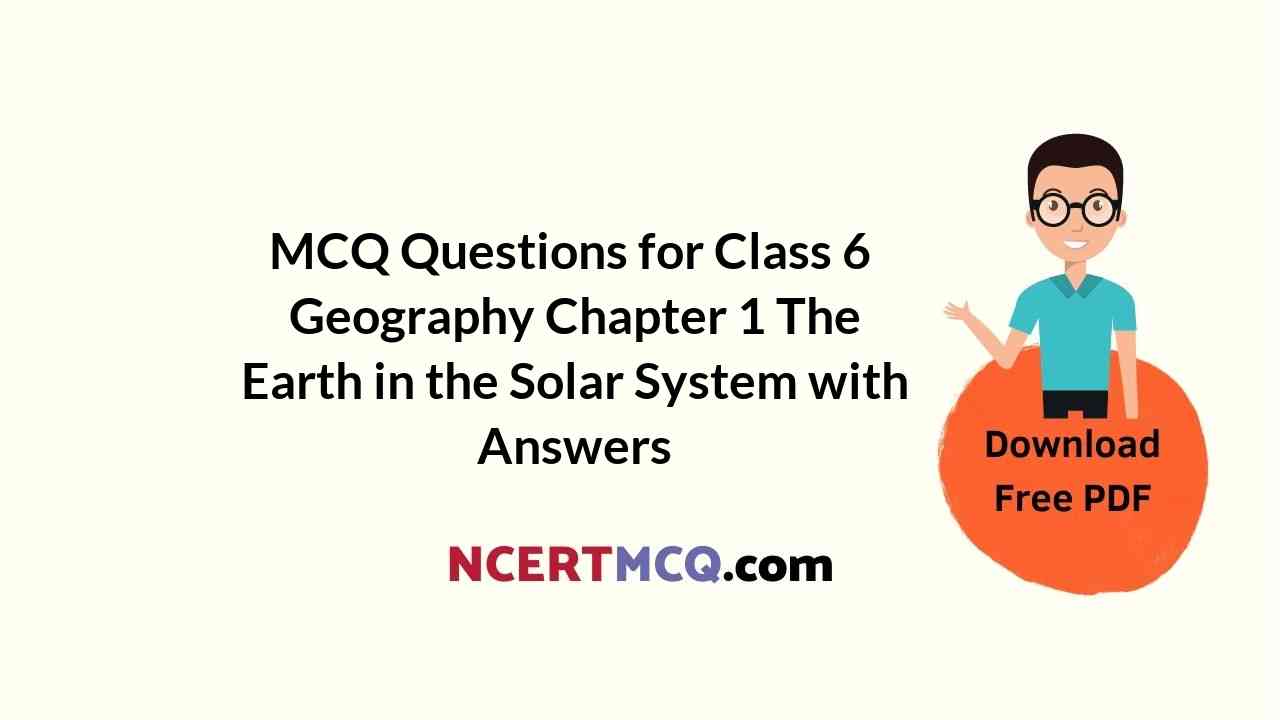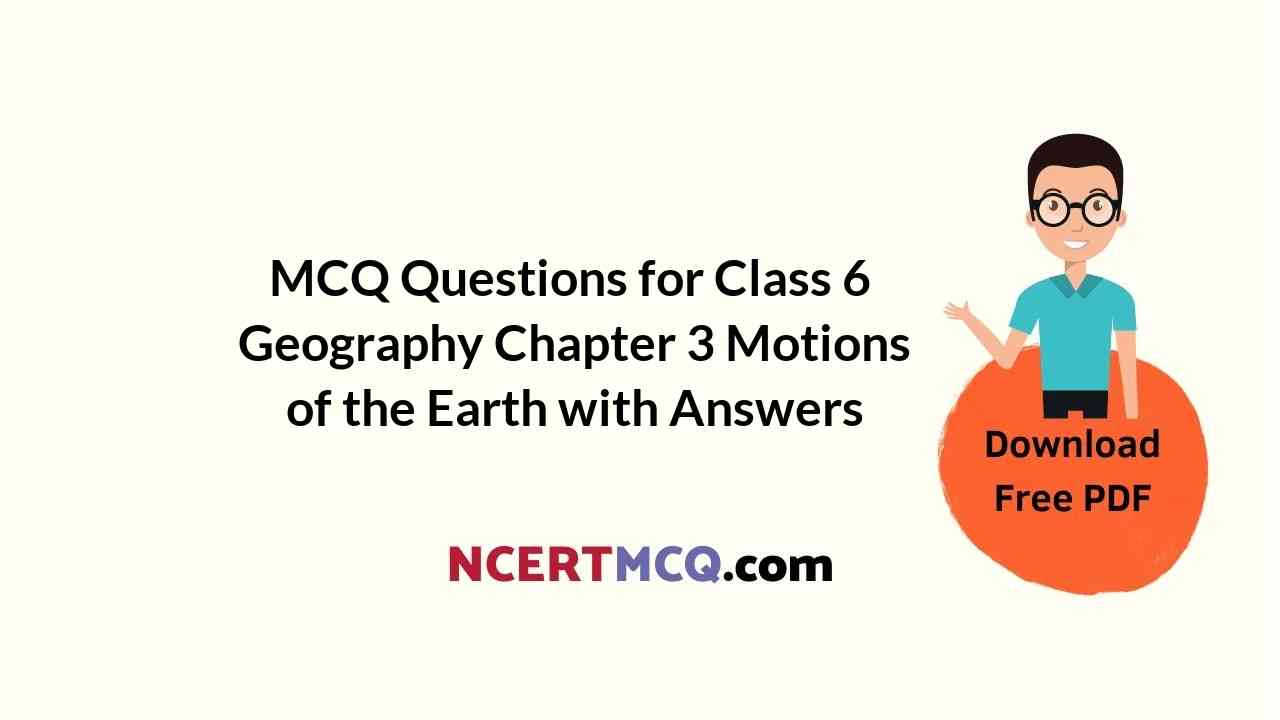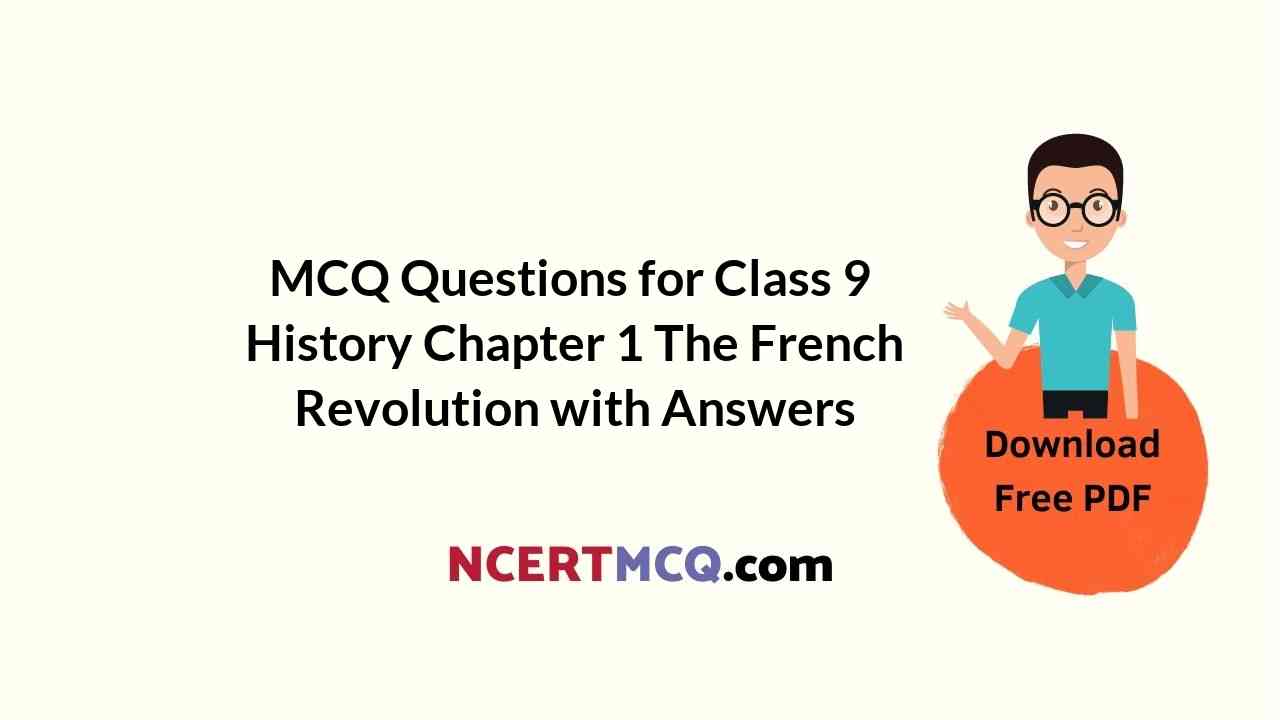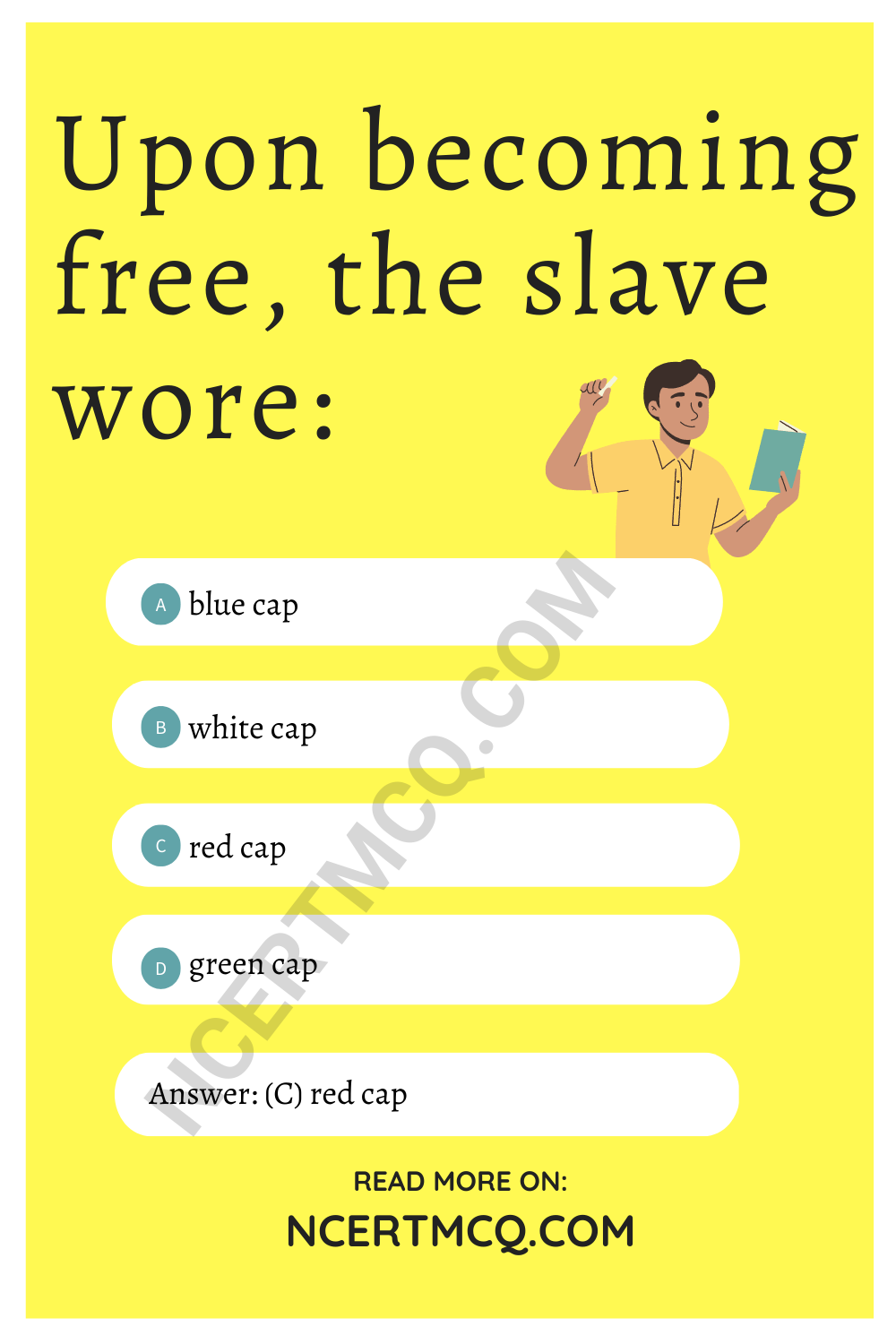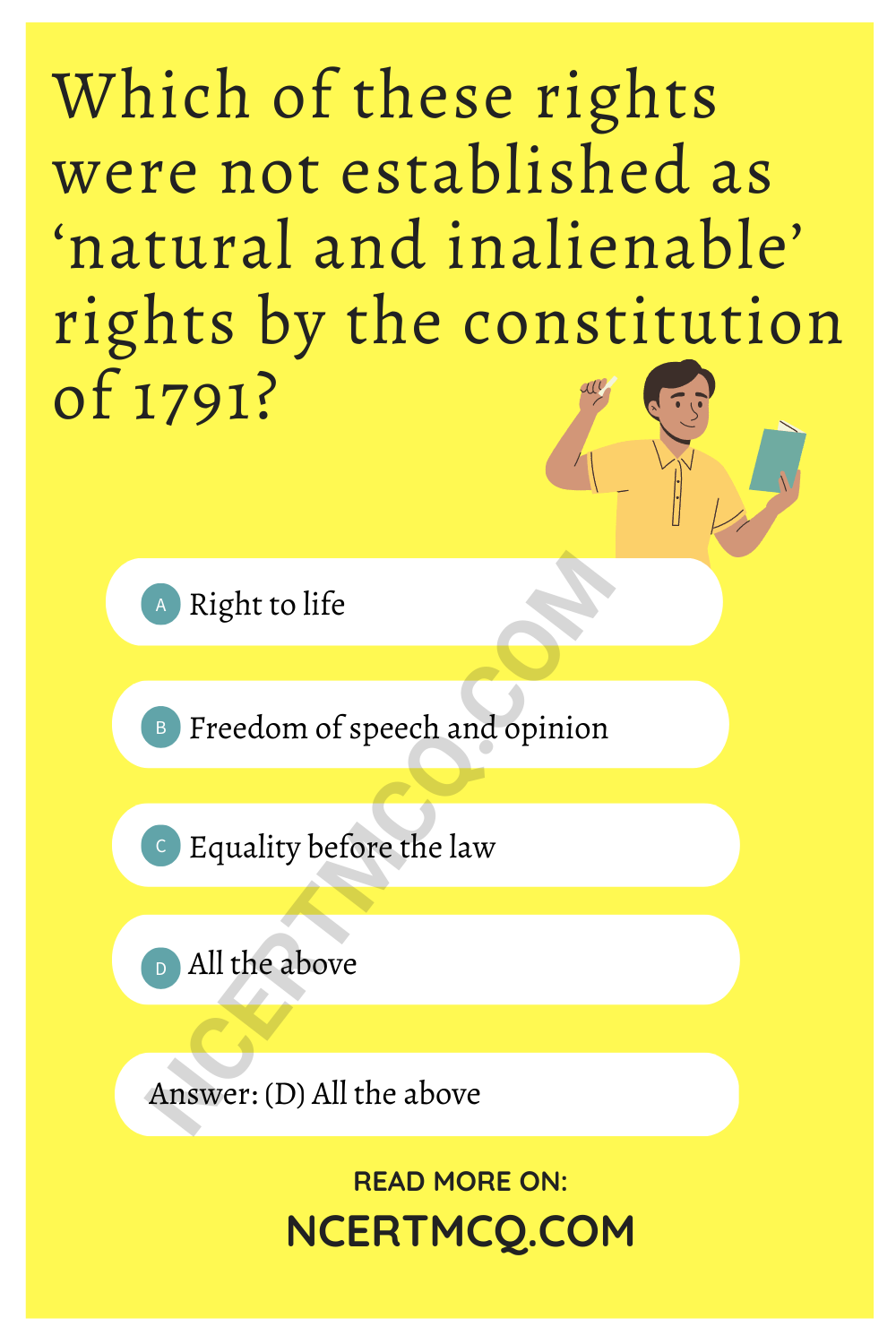Check the below NCERT MCQ Questions for Class 6 History Chapter 2 On The Trial of the Earliest People with Answers Pdf free download. MCQ Questions for Class 6 Social Science with Answers were prepared based on the latest exam pattern. We have Provided On The Trial of the Earliest People Class 6 History MCQs Questions with Answers to help students understand the concept very well.
Class 6 Social Science History Chapter 2 MCQ With Answers
History Class 6 Chapter 2 MCQs On The Trial of the Earliest People
Choose the correct answer:
MCQ Questions For Class 6 History Chapter 2 Question 1.
When were the trains used first?
(a) 200 years ago
(b) 250 years ago
(c) 150 years ago
(d) 300 years ago
Answer
Answer: (c) 150 years ago
Class 6 History Chapter 2 MCQ Question 2.
Why did hunter-gatherers move from place to place?
(a) In search of food
(b) In search of shelters
(c) Both (a) and (b)
(d) None of these
Answer
Answer: (c) Both (a) and (b)
Class 6 History Chapter 2 MCQ With Answers Question 3.
Where is water found?
(a) In lakes
(b) In streams
(c) In rivers
(d) All of these
Answer
Answer: (d) All of these
MCQ Questions For Class 6 History Chapter 2 With Answers Question 4.
How did the ancient people travel?
(a) By buses
(b) By trains
(c) By ships
(d) On foot
Answer
Answer: (d) On foot
Class 6 History Ch 2 MCQ Question 5.
Who had found the things which were made and used by the hunters?
(a) Astrologists
(b) Archaeologists
(c) Psychologists
(d) None of these
Answer
Answer: (b) Archaeologists
History Chapter 2 Class 6 MCQ Question 6.
In the ancient times tools were made up of which material?
(a) Stone
(b) Wood
(c) Bone
(d) All of these
Answer
Answer: (d) All of these
History Class 6 Chapter 2 MCQ Question 7.
For what purpose were the stone tools used?
(a) To cut meat and bone
(b) To chop fruits and roots
(c) To make spears and arrows
(d) All of these
Answer
Answer: (d) All of these
Class 6 Chapter 2 History MCQ Question 8.
Places where the people made tools are known as
(a) factory sites
(b) residence sites
(c) habitation site
(d) none of these
Answer
Answer: (a) factory sites
Class 6th History Chapter 2 MCQ Question 9.
By which techniques were the stone tools made?
(a) Stone on stone technique
(b) Pressure flaking
(c) Both (a) and (b)
(d) None of these
Answer
Answer: (c) Both (a) and (b)
MCQ Class 6 History Chapter 2 Question 10.
What did indicate the finding of ash?
(a) Water
(b) Ice
(c) Fire
(d) All of these
Answer
Answer: (c) Fire
Ch 2 History Class 6 MCQ Question 11.
For what purpose did the men, women and children collect the grains?
(a) For food
(b) For growing crops
(c) Both (a) and (b)
(d) None of these
Answer
Answer: (c) Both (a) and (b)
Chapter 2 History Class 6 MCQ Question 12.
In which state were the eggs of Ostrich found?
(a) Maharashtra
(b) Madhya Pradesh
(c) Delhi
(d) Noida
Answer
Answer: (a) Maharashtra
History Ch 2 Class 6 MCQ Question 13.
In which site were a large number of tools used for all sorts of activity, found?
(a) Habitation site
(b) Factory site
(c) Habitation cum factory site
(d) None of these
Answer
Answer: (c) Habitation cum factory site
History Chapter 2 MCQ Class 6 Question 14.
When was the Mesolithic period?
(a) 6000-7000 years ago
(b) 7000-8000 years ago
(c) 8000-9000 years ago
(d) 12,000-10,000 years ago
Answer
Answer: (d) 12,000-10,000 years ago
We hope the given NCERT MCQ Questions for Class 6 History Chapter 2 On The Trial of the Earliest People with Answers Pdf free download will help you. If you have any queries regarding On The Trial of the Earliest People CBSE Class 6 History MCQs Multiple Choice Questions with Answers, drop a comment below and we will get back to you soon.
Class 6 Social Science History MCQ:
- What, Where, How and When? Class 6 MCQ
- On The Trial of the Earliest People Class 6 MCQ
- From Gathering to Growing Food Class 6 MCQ
- In the Earliest Cities Class 6 MCQ
- What Books and Burials Tell Us Class 6 MCQ
- Kingdoms, Kings and an Early Republic Class 6 MCQ
- New Questions and Ideas Class 6 MCQ
- Ashoka, The Emperor Who Gave Up War Class 6 MCQ
- Vital Villages, Thriving Towns Class 6 MCQ
- Traders, Kings and Pilgrims Class 6 MCQ
- New Empires and Kingdoms Class 6 MCQ
- Buildings, Paintings, and Books Class 6 MCQ
